Phase one of Montreal’s new 67-kilometre electric automated light rail system opened July 28 after five years of construction and testing, an accomplishment that has project owners CDPQ Infra feeling variously proud, excited and confident.
“We’re very excited,” said Denis Rivard, the owner’s vice-president for the REM project, comparing the launch to an artist anticipating the public unveiling of a major work. “We all want this to be so perfect.
“Everybody’s very confident. Everybody’s very proud because to get there was immense, immense work for the whole team.”
Phase one will see the five-stop line from the South Shore to the Central Station come into service.
Quebeckers might recount multiple delays for reasons such as the pandemic, supply chain disruptions, labour shortages and even an explosion in a tunnel.
But Rivard said the project proponents have been taking numerous calls from around the world asking how work was able to progress so quickly. Reasons he gives include the nature of the ownership group, a project-specific arm of the Quebec pension fund Caisse de depot, which is able to respond more quickly to challenges than a government agency; the make-up of the construction consortium, Groupe NouvLR, which includes SNC-Lavalin, Groupe Aecon Quebec and Pomerleau as well as Dragados Canada and which has received support from firms representing 27 nations; and an attitude of harnessing the best and latest technology from around the world, such as launching gantries from Saudi Arabia operated by Italian specialists that build bridge spans in two days instead of several weeks.
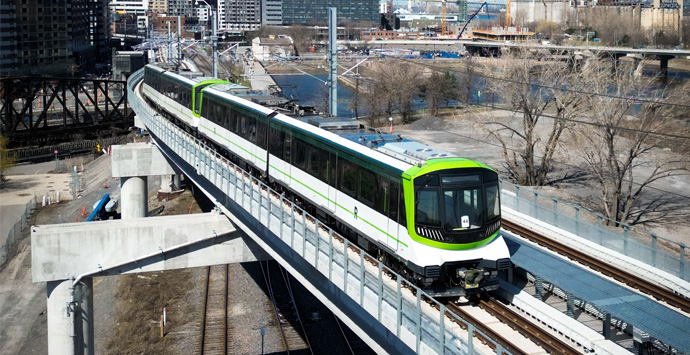
As for the construction team, Rivard said with the participants’ international experience, they have a good sense of “constructability” and are aware of options for dealing with engineering and construction challenges.
“The contractors we’ve used, they had built other projects like this in the world, and some took a longer time. But these types of people, when they go from one project to another project, they say, next time I’m going to do much better because with this type of problem we will use this technology instead of the other technology.”
Another Quebec firm, EBC, is the fifth member of Groupe NouvLR. AECOM is listed as a team participant and Alstom Transport Canada is a member.
A second contract for the rolling stock went to Groupe des Partenaires pour la Mobilite des Montrealais (PMM), consisting of Alstom and SNC-Lavalin. AECOM is also a participant on PMM. Architecture contributors to the PMM contract are Lemay, Bisson Fortin, Perkins + Will and Provencher Roy.
Rivard said a great example of bright minds generating ingenious solutions developed when unexploded dynamite from construction of a five-kilometre rail tunnel under Mount Royal 100 years ago was found. The tunnel was to be reconstructed for the REM. The Quebec health and safety agency put an immediate stop to work.
“That was a fantastic challenge,” said Rivard. “That changed the whole picture of the tunnel…you conceptualize the project at the beginning, but the day you start it’s the day you face reality.”
Experts from around the world were brought in and it was decided to ensure worker safety by modifying existing equipment and installing cameras and remote-control drills. The workers were stationed 500 metres on each side of the drilling site.
“It was important for us to really re-evaluate it every single day,” said Rivard. “What was the plan? What’s happening? What is the best way to fix that? And the tunnel was a very good example.”
Last year’s decision to delay the opening of the South Shore line until this year gave NouvLR the winter to test operations in cold-weather conditions, including frozen rain, Rivard explained.
“Today we are very pleased that we made that choice,” he said.
The engineers also had to deal with deterioration of a double arch in the tunnel near the McGill station. An umbrella method was chosen, with a temporary retaining wall created by reinforcing the structure above the double arch with casings. The retaining wall allowed teams to move in to excavate and demolish the damaged wall of the double arch; the casings were then removed to add steel arches to reinforce the structure.
Phase two, expected to come into operation at the end of next year, will connect three segments — the West Island, North Shore and Centre of Montreal lines.
Phase three, the Airport line, is targeted for a 2027 opening.
Other financial supporters of the project are the Government of Quebec, the Canada Infrastructure Bank and Hydro-Quebec. The project was originally budgeted for over $6 billion but the owner admitted in 2021 that the cost had risen to at least $6.9 billion, in part due to the toll of the pandemic.
Follow the author on Twitter @DonWall_DCN.
Montreal light rail transit system shuts down on first official day of service


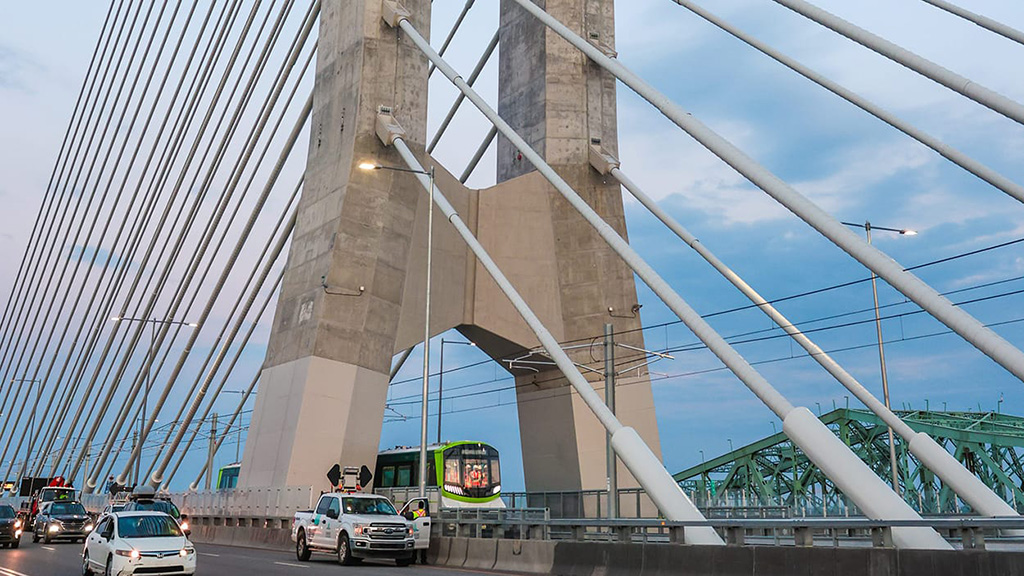
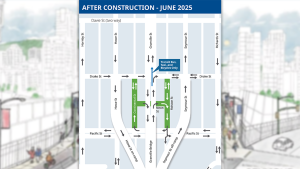


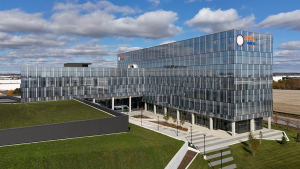
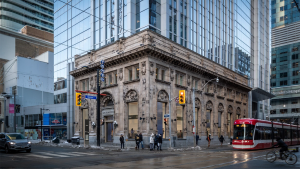
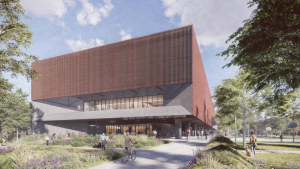
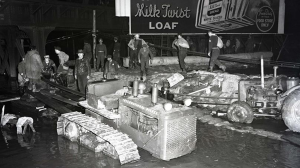

Recent Comments